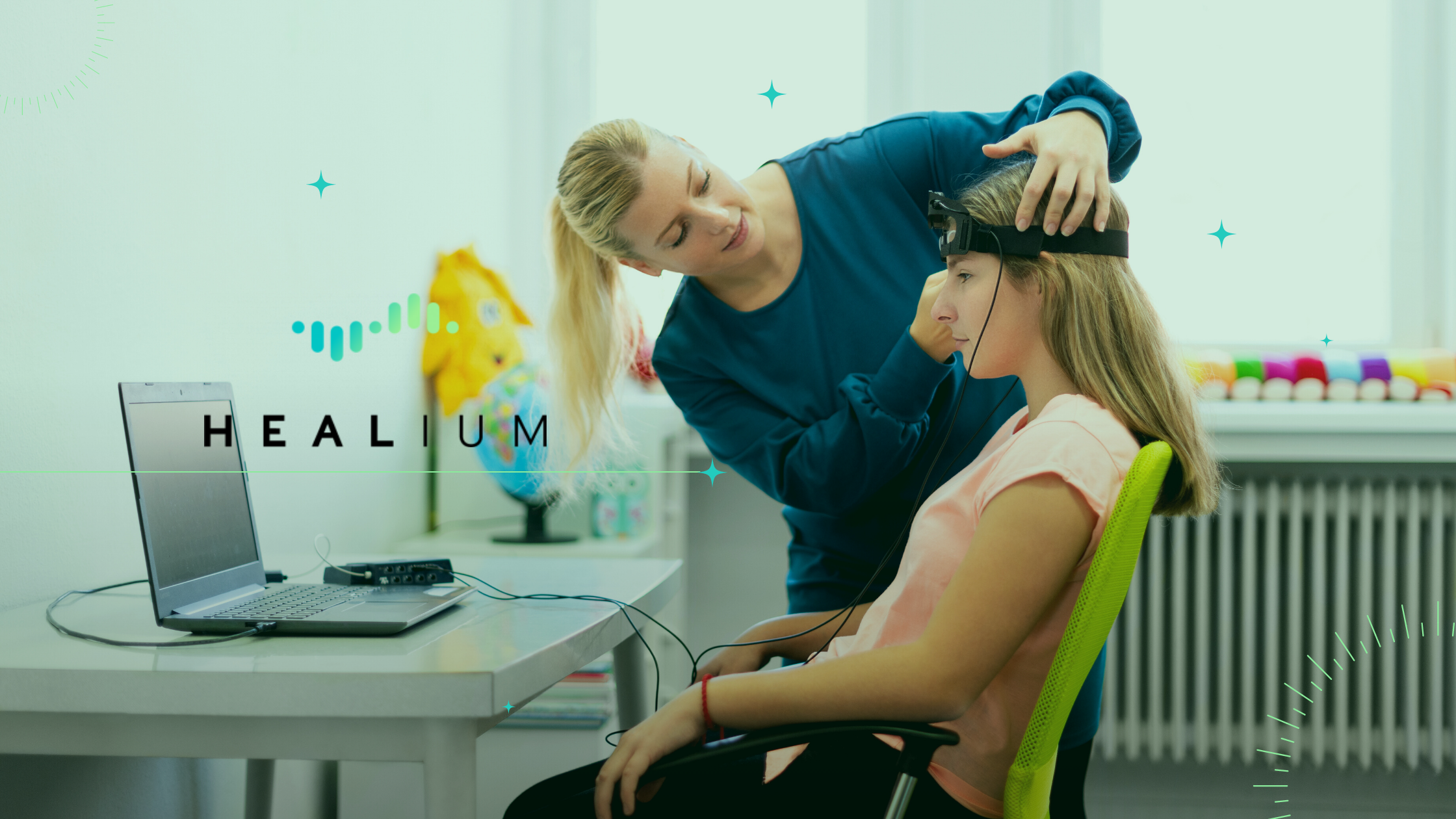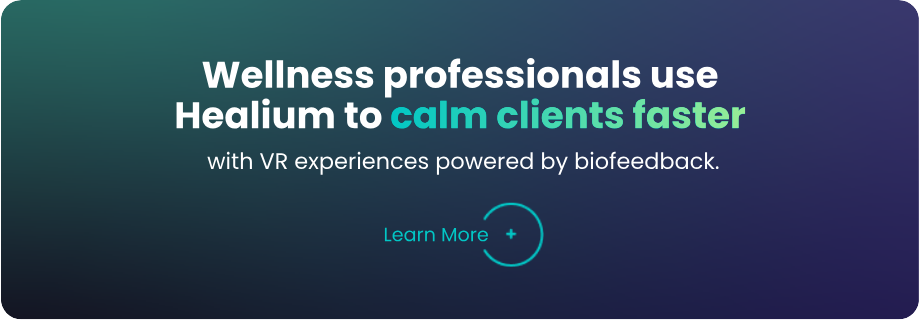Biofeedback and neurofeedback are two closely related mental health options that have grown in popularity recently. But do you know the difference between them?
When is Biofeedback Used?
According to the Mayo Clinic, biofeedback is used to help manage many physical and mental health issues, such as:
– Anxiety or stress
– Attention-deficit/hyperactivity disorder (ADHD)
– Chemotherapy side effects
– Fibromyalgia
– Headache
– Ringing in the ears (tinnitus)
– Chronic pain
– Irritable bowel syndrome
– Constipation
– Fecal incontinence
-Temporomandibular joint disorder (TMJ)
– Urinary incontinence
– High blood pressure
– Stroke
– And more
The Different Types of Biofeedback
Aside from Neurofeedback, the different types of biofeedback include:
– Electromyography (EMG): determining muscle tension.
– Thermal biofeedback: measures the temperature of the skin.
– Electrodermography (EDG): determining skin electrical activity.
– Heat Flux: measuring the rate of heat being dissipated from the body.
– Pneumography: measures the movement of the abdomen and chest when you breathe.
– Capnometry: measuring end-tidal carbon dioxide.
– Hemoencephalography: determines the color changes in light reflected through the scalp.
– Photoplethysmography (PPG): measuring peripheral blood flow and heart rate variability.
Types of Neurofeedback Equipment
Quickly summarized, you’ll want:
– A device to capture your brainwaves.
– Software to help combine brainwaves to an auditory or visual signal.
– A system to track and store your data as neurofeedback sessions continue
How to Introduce Neurofeedback to your Clinic
Healium is the only neurofeedback system that lets you see your brainwave data in virtual reality in real-time. Healium works in tandem with external neurofeedback or biofeedback wearable devices to help your clients train and reward their ability to relax and focus.
All you need to begin collecting brainwave data is an EEG Headband. It’s adjustable, lightweight, and rechargeable! Then, for our meditation experiences, you’ll also need a virtual reality headset.
To learn more about how Healium could work in your clinic, talk to an expert.
How does neurofeedback with Healium work?
Healium puts you on a journey to learn to self-regulate your brain patterns.
Healium works to remove the mystery from meditation by granting users access to brainwaves in real-time, right as you’re undergoing a meditation session.
Healium also helps you understand brainwave data so you can work to improve your mental fitness. By providing you a baseline, a score following each neurofeedback session, and specific brainwave band measurements in a data dashboard, you’re given all the tools you need to treat the brain like a muscle.
Comparing Biofeedback and Neurofeedback to Drug-based Treatments
When comparing and contrasting biofeedback and neurofeedback to drug-based treatments, the difference becomes rather obvious.
Drug-based treatments involve an outside substance entering your body, while biofeedback and neurofeedback use data from your body to drive change.
Biofeedback and neurofeedback are natural techniques for improving (and gaining more awareness of) your body to feel better and achieve desired goals. Both biofeedback and neurofeedback present drugless, self-managed alternatives to the approaches of traditional medicine for many conditions.
So, What’s the Difference Between Biofeedback and Neurofeedback?
Biofeedback and neurofeedback are two very closely related terms; however, there are key differences between the two that are important to grasp when you’re interested in pursuing either option.
Biofeedback is a larger, umbrella term used to describe the method of capturing data from your body, typically from sensors. Neurofeedback, meanwhile, is a type of biofeedback that narrows its focus specifically to your brainwaves, which are captured and measured through EEG sensors.
Both biofeedback and neurofeedback are great options for those looking for self-guided techniques driven by data that can help to drive change in your body or brain’s function.
If you’d like further explanation on the differences between these two terms, here’s one of our favorite resources available online, where Dr. Trish Leigh explains biofeedback versus neurofeedback in terms of clinical applications.
Further Research on Biofeedback
Biofeedback in medicine: who, when, why and how? – PMC
Biofeedback for Everyday Stress Management: A Systematic Review
Further Research on Neurofeedback
Neurofeedback: A Comprehensive Review on System Design, Methodology and Clinical Applications










